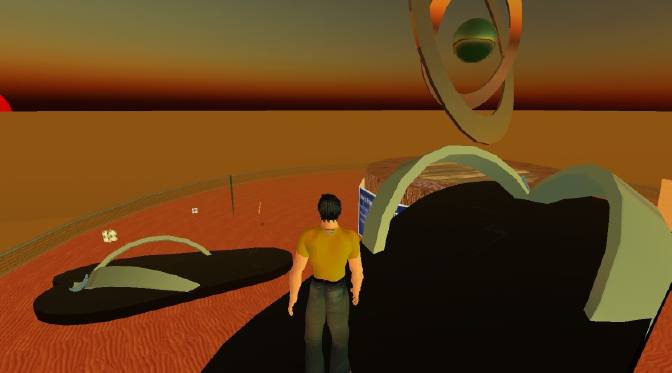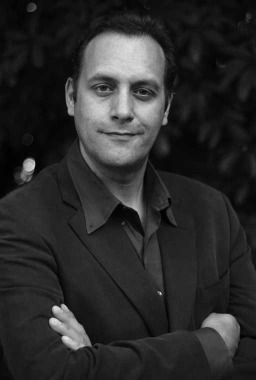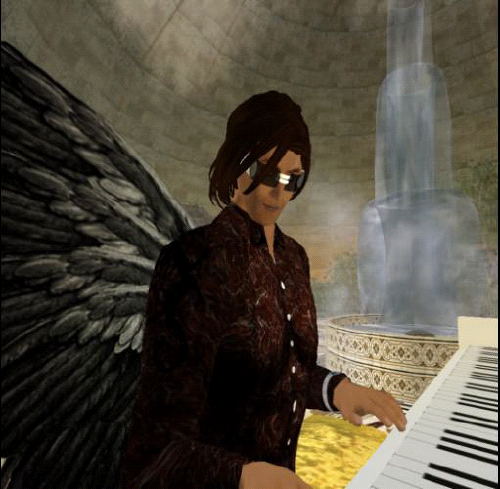The gender balance in Second Life continues to skew in favour of the masculine according to the updated demographic statistics provided by Linden Lab. Although the proportional drop in female residents is very small there’s certainly a trend line downwards since June 2006.
So why? One reason may be that the evolving nature of SL means that the user experience is altering more and more toward a male world-view – if sixty percent of any experience is one gender then the balance of activities is going to skew that way as well. Also, the predominance of the males in regard to broadband internet use was always going to bite in the longer term. The big shame for SL is if the comparative decline in female membership continues – a world where males are significantly iin the majority is not the natural balance of things – SL or RL.





Recent Comments